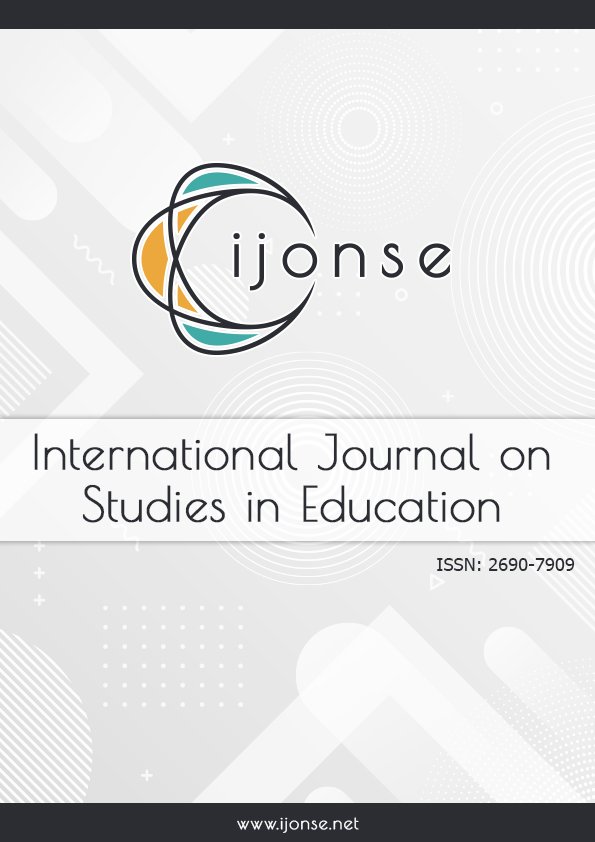Improving Success and Retention of Liberal Arts Students in a Large Math Class
DOI:
https://doi.org/10.46328/ijonse.104Keywords:
Students dataAbstract
The Mathematics for Liberal Arts course is designed for students outside of STEM fields who need to take a mathematics course for the general education requirement. Typically, students in this class are not math enthusiasts. In this study, I analyzed performance data of Liberal Arts students in the Fall 2017 and Spring 2018 at University of Central Florida. Based on data reports and analytics, the course content was revised, and activity learning strategies were implemented in the Fall 2018. Furthermore, early alerts and encouragements were sent during or just after topics identified as difficult were taught. Class activities were tailored to improve students’ understanding. Homework, quizzes, and test scores were analyzed and compared with the two previous semesters. The results showed that the pedagogical methods implemented contributed to increase the overall passing rate and retention of students.References
Teixeira, K. (2023). Improving success and retention of liberal arts students in a large math class. International Journal on Studies in Education (IJonSE), 5(2), 106-119. https://doi.org/10.46328/ijonse.104
Downloads
Published
Issue
Section
License
Articles may be used for research, teaching, and private study purposes. Authors alone are responsible for the contents of their articles. The journal owns the copyright of the articles. The publisher shall not be liable for any loss, actions, claims, proceedings, demand, or costs or damages whatsoever or howsoever caused arising directly or indirectly in connection with or arising out of the use of the research material.
The author(s) of a manuscript agree that if the manuscript is accepted for publication in the International Journal on Studies in Education (IJonSE), the published article will be copyrighted using a Creative Commons “Attribution 4.0 International” license. This license allows others to freely copy, distribute, and display the copyrighted work, and derivative works based upon it, under certain specified conditions.
Authors are responsible for obtaining written permission to include any images or artwork for which they do not hold copyright in their articles, or to adapt any such images or artwork for inclusion in their articles. The copyright holder must be made explicitly aware that the image(s) or artwork will be made freely available online as part of the article under a Creative Commons “Attribution 4.0 International” license.

This work is licensed under a Creative Commons Attribution-NonCommercial-ShareAlike 4.0 International License.





